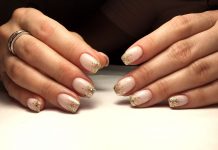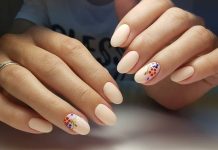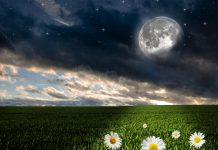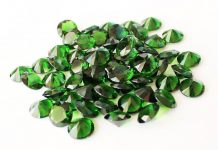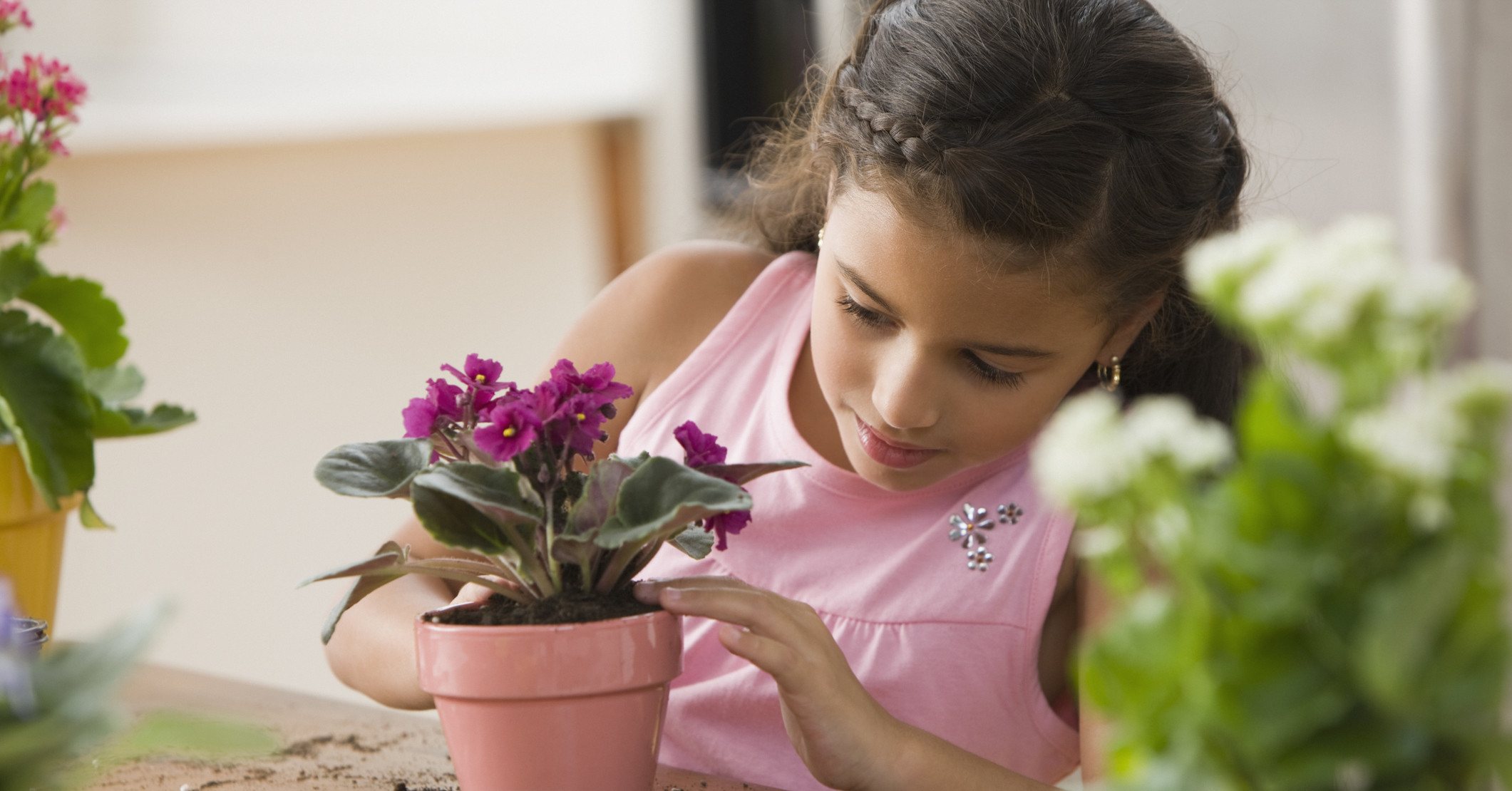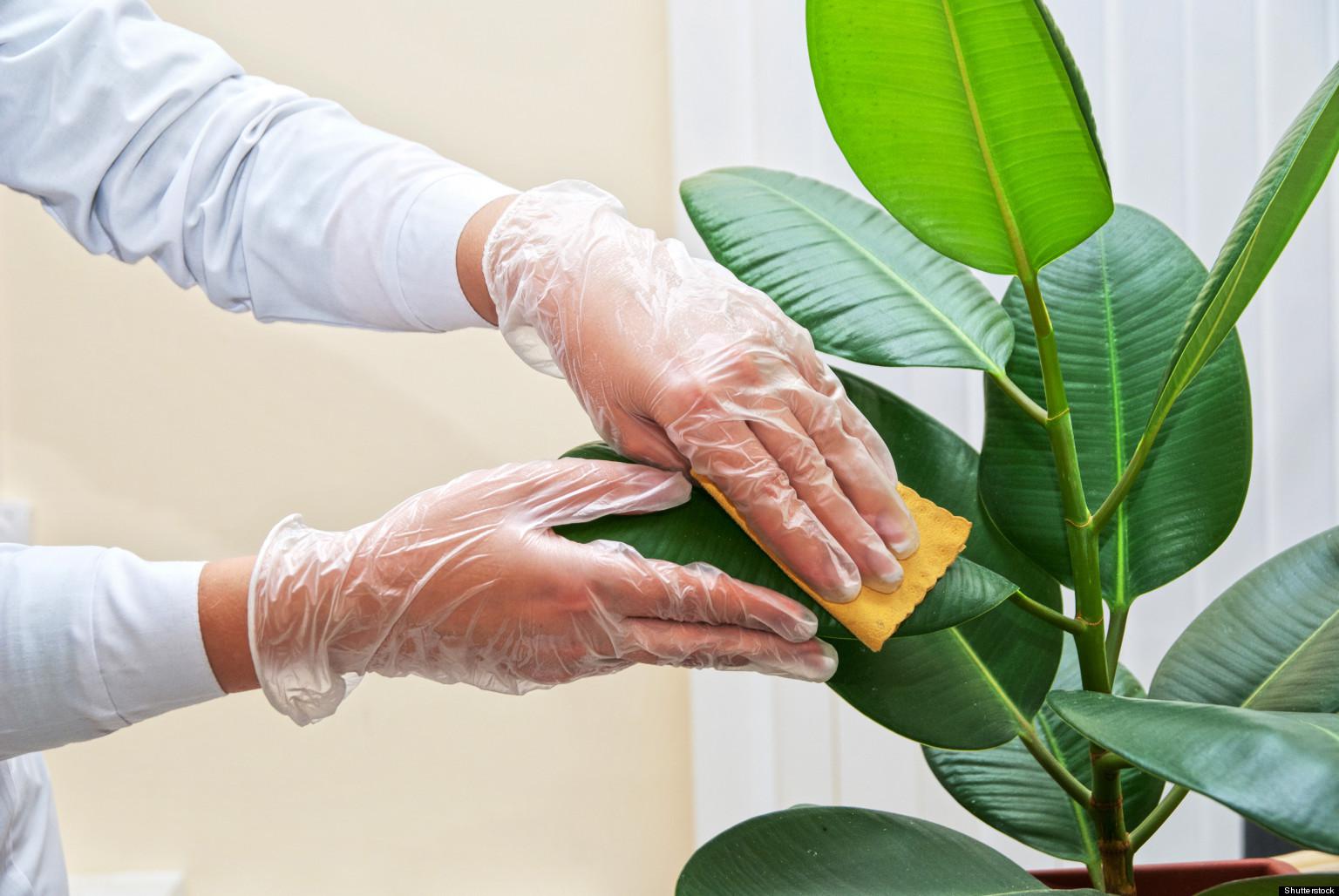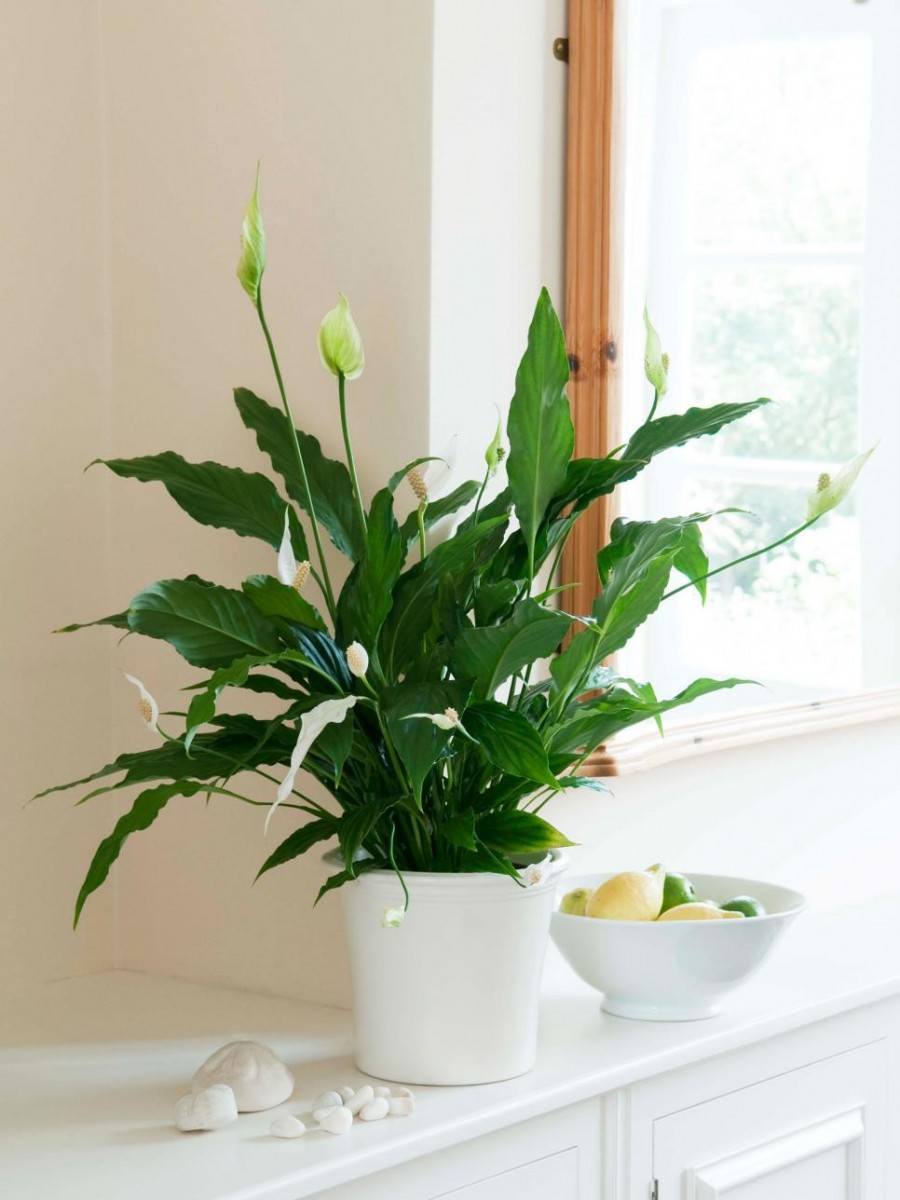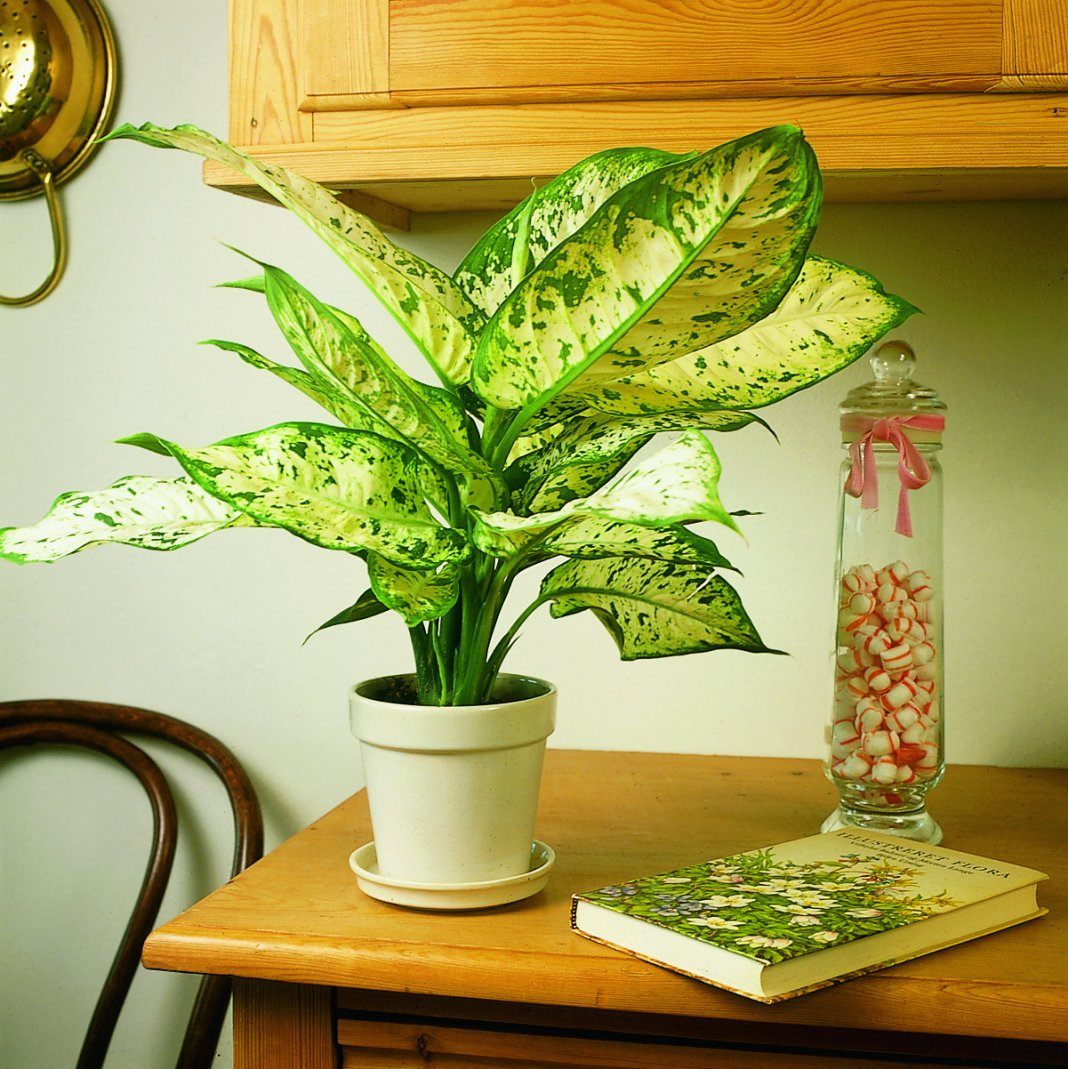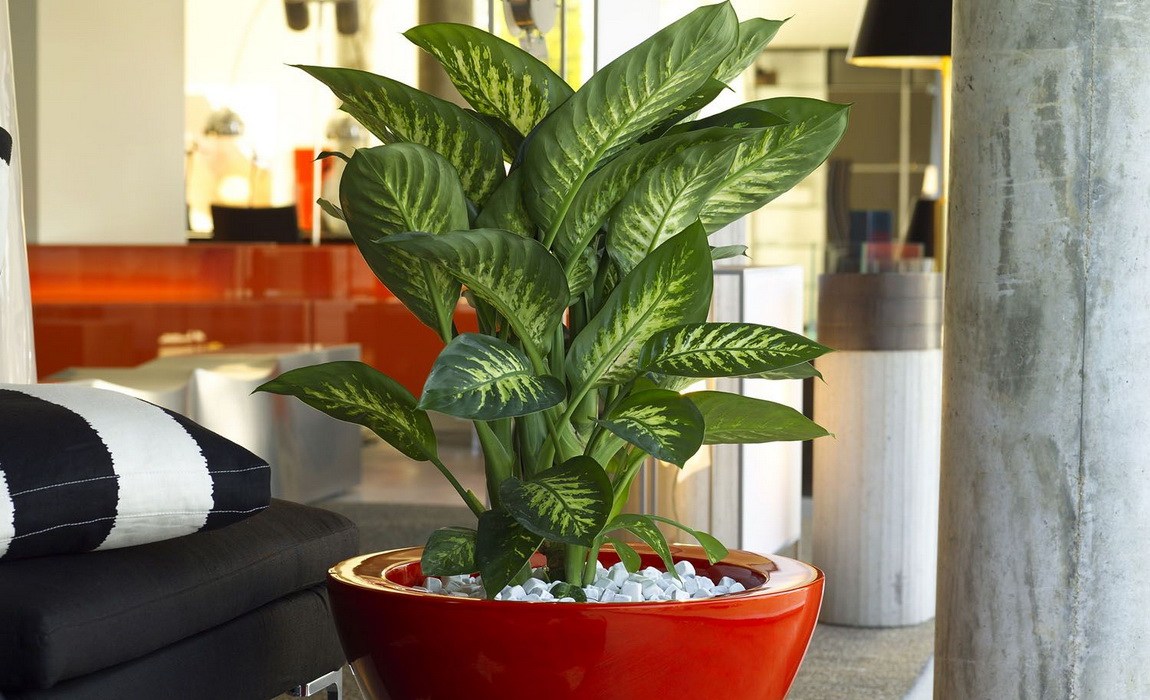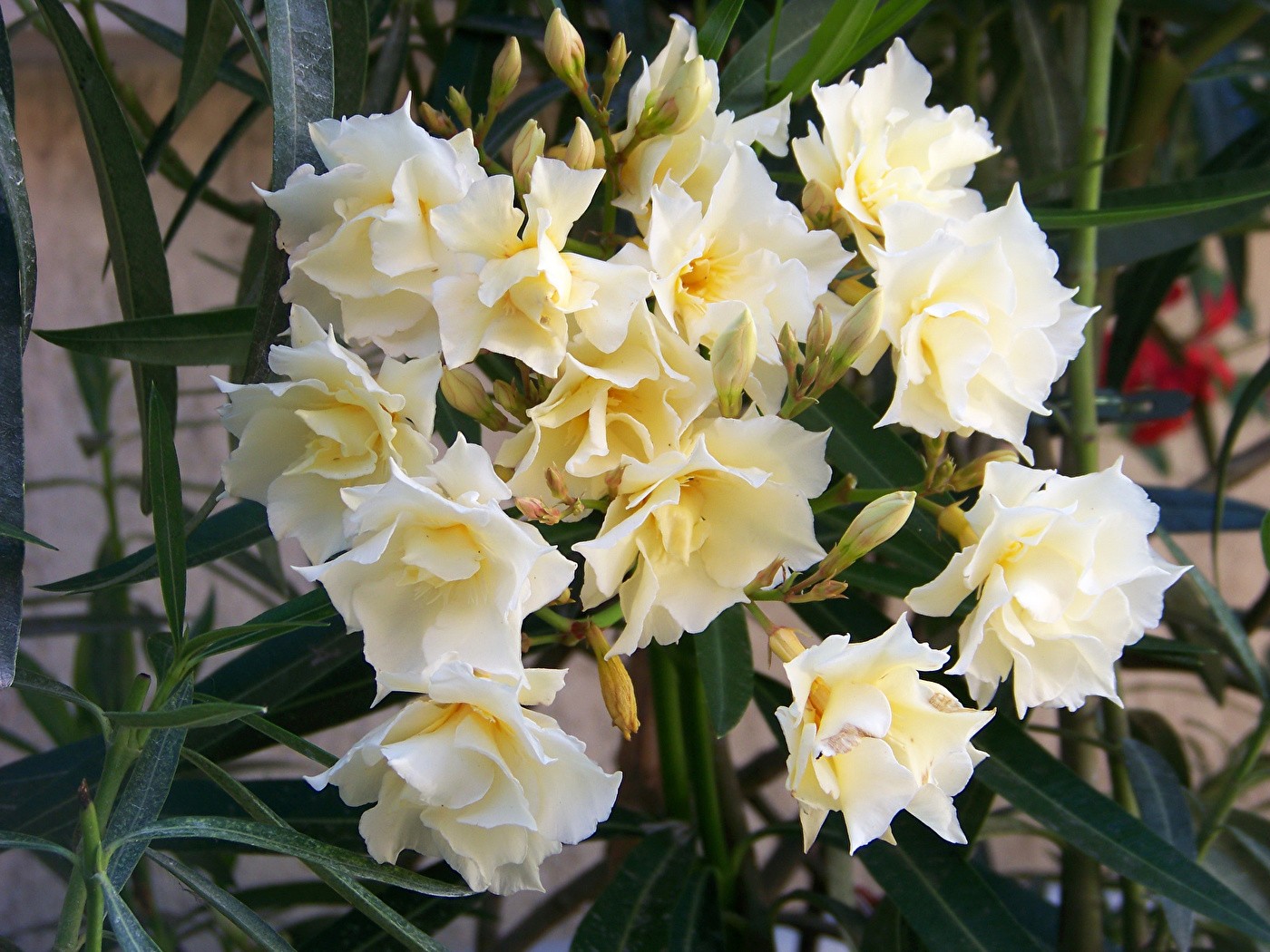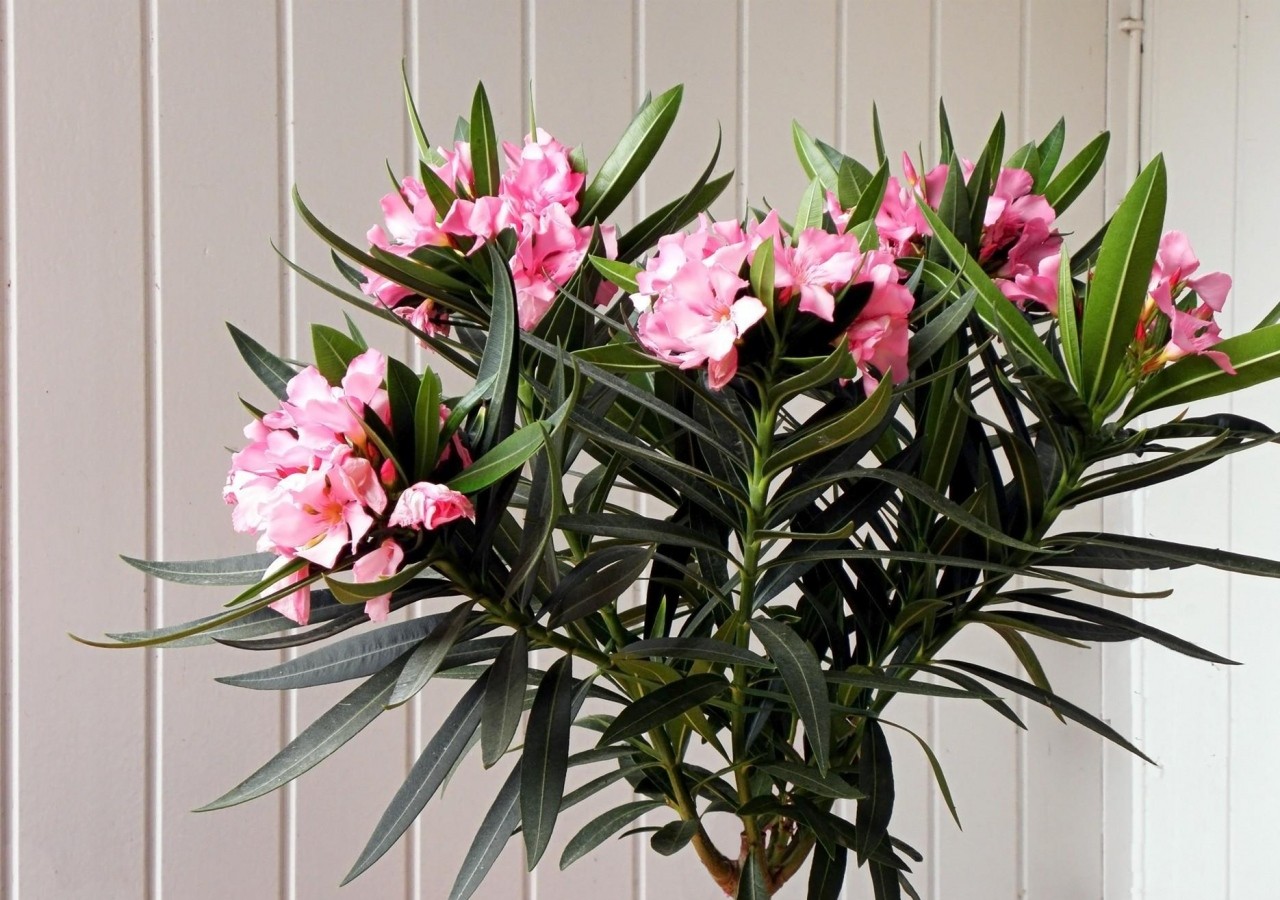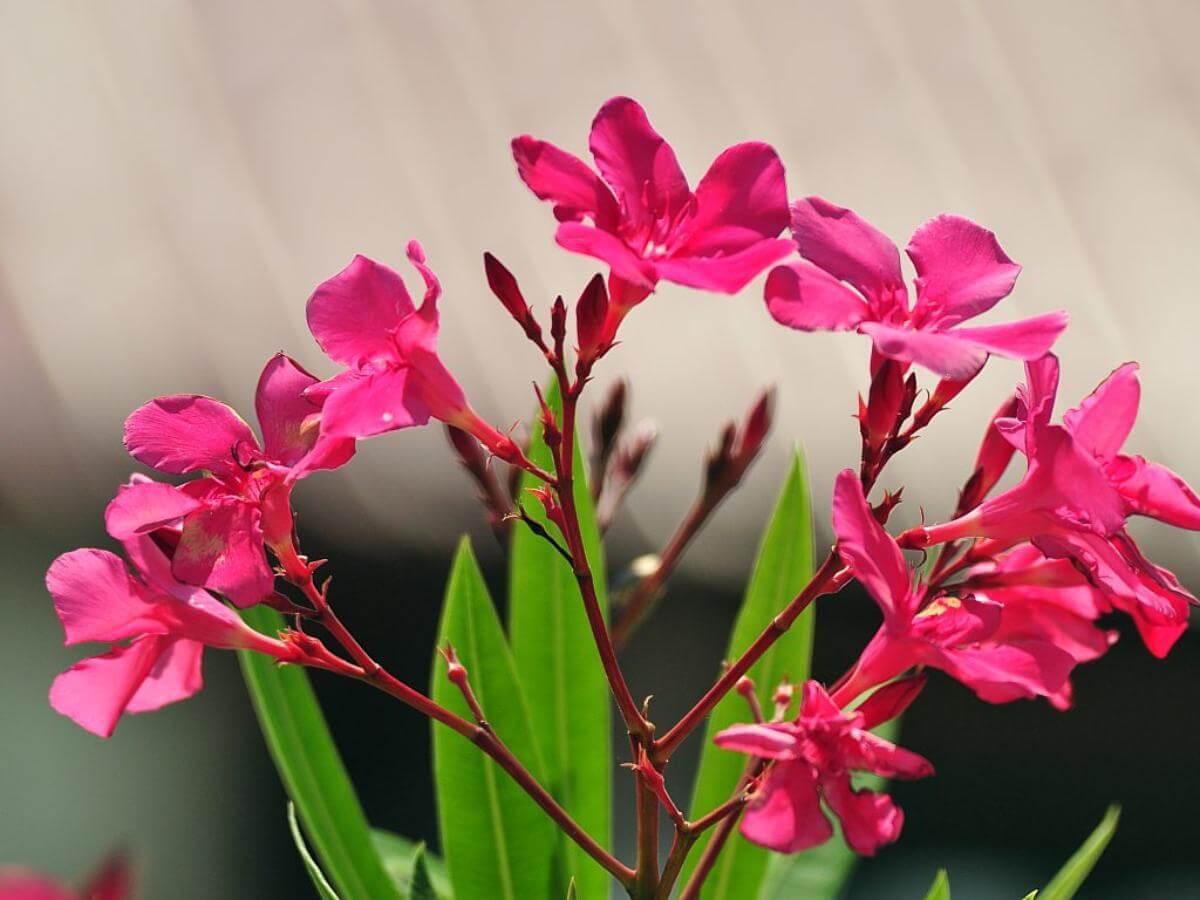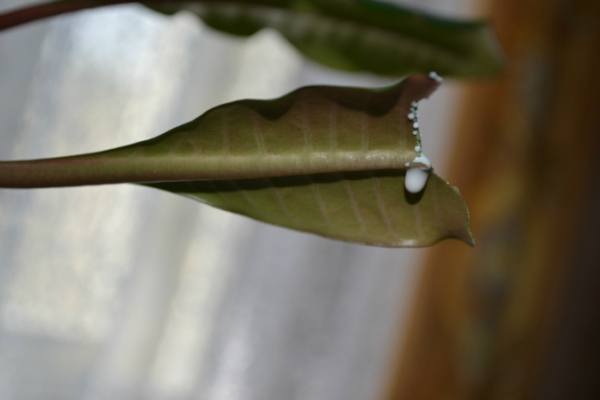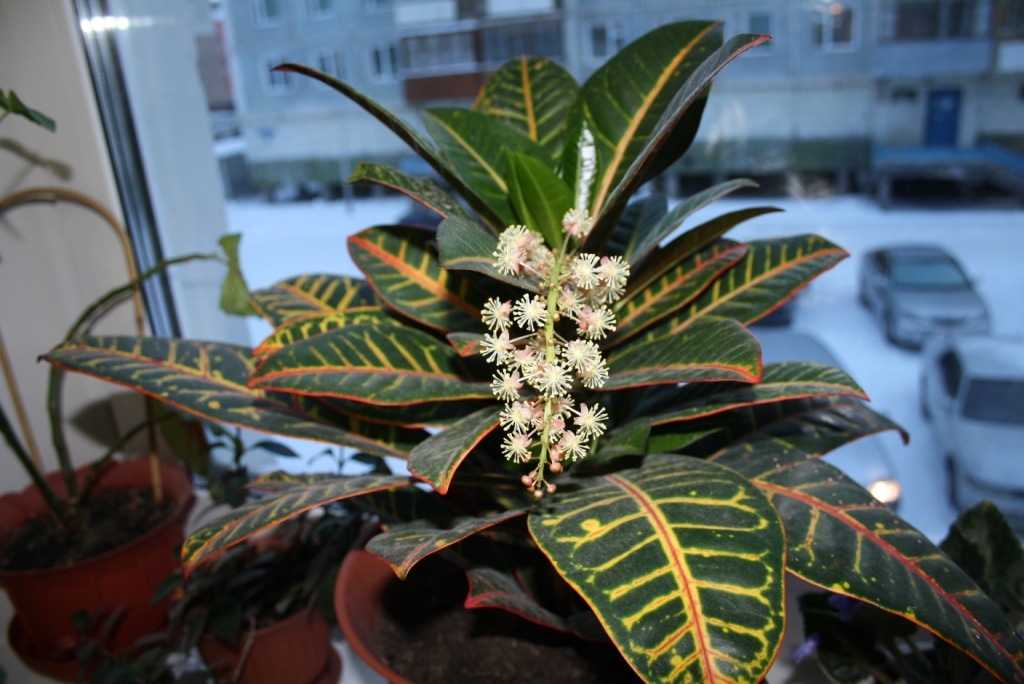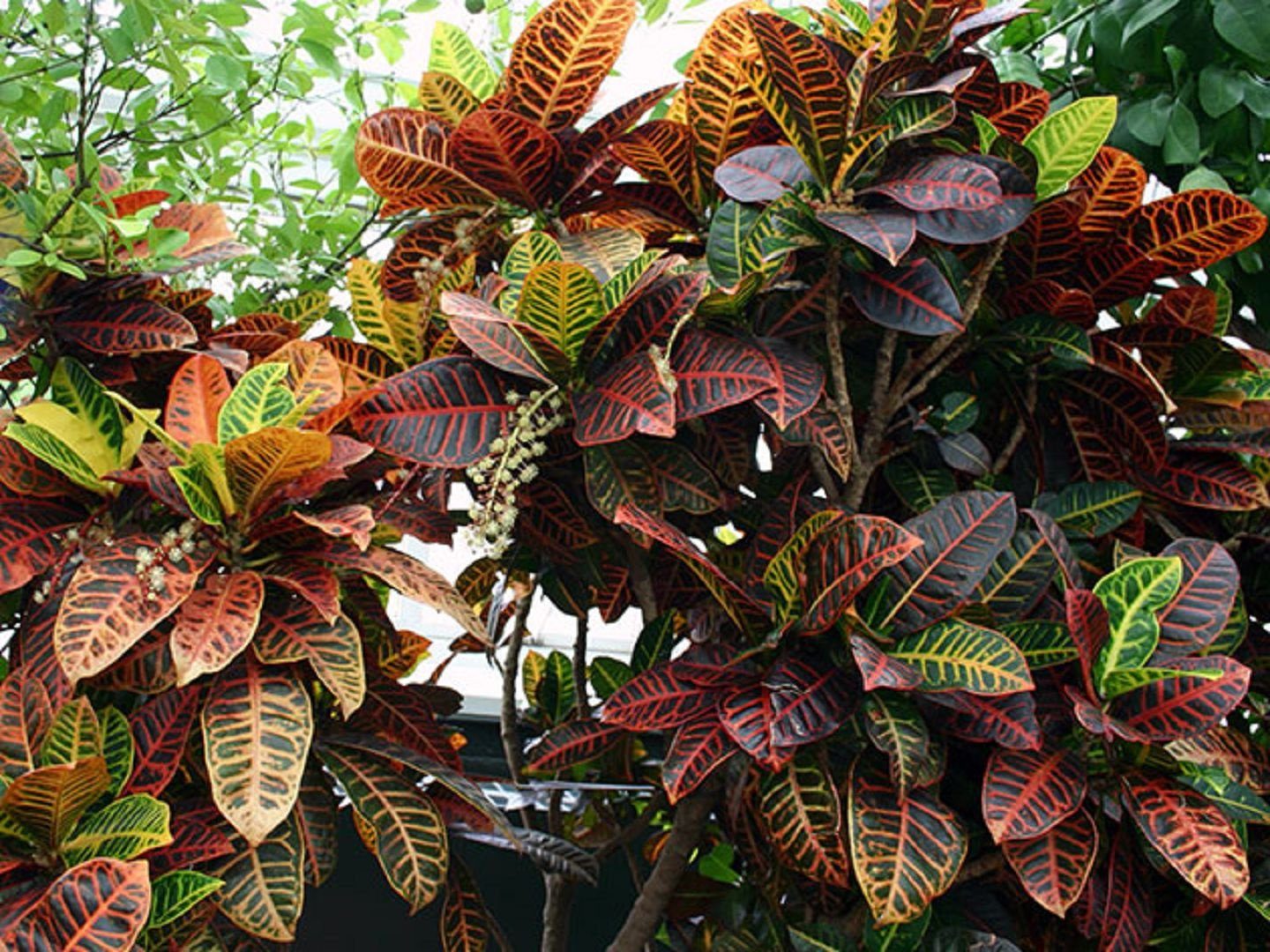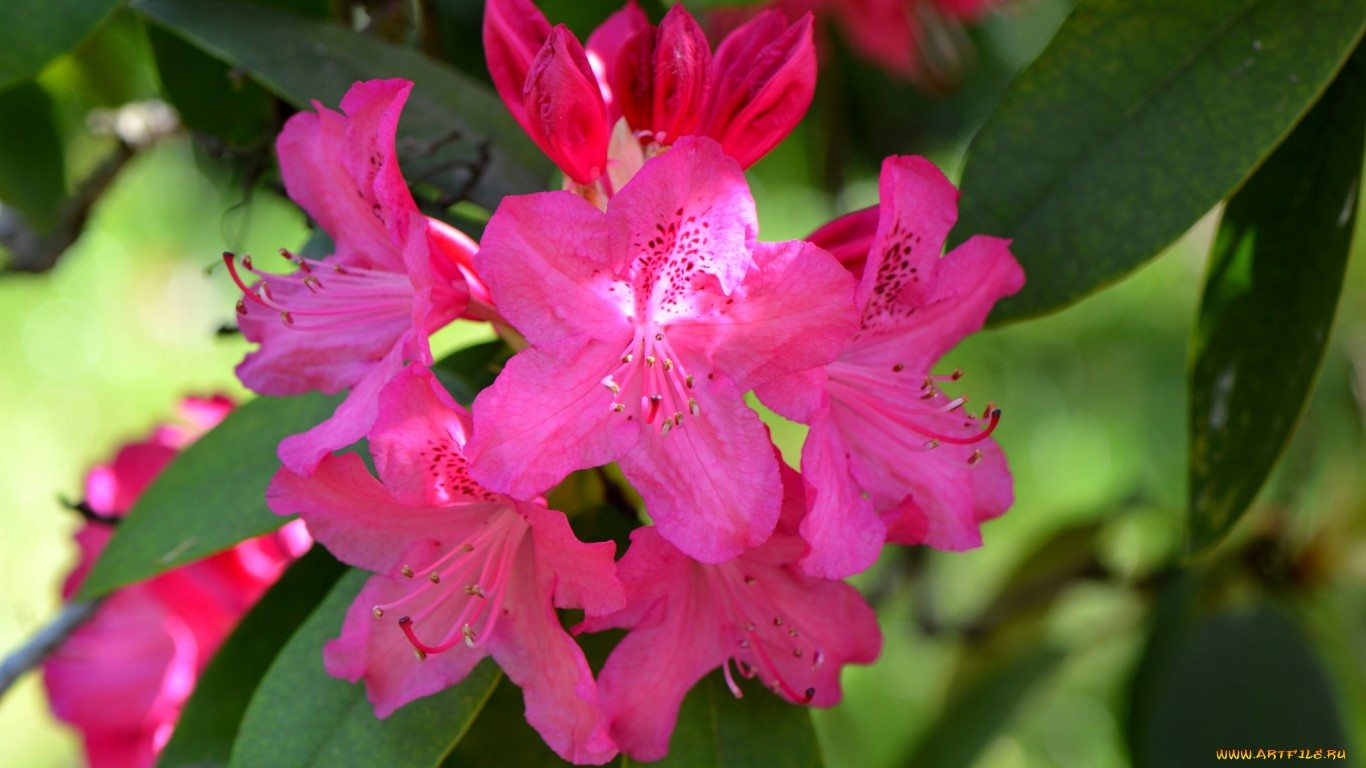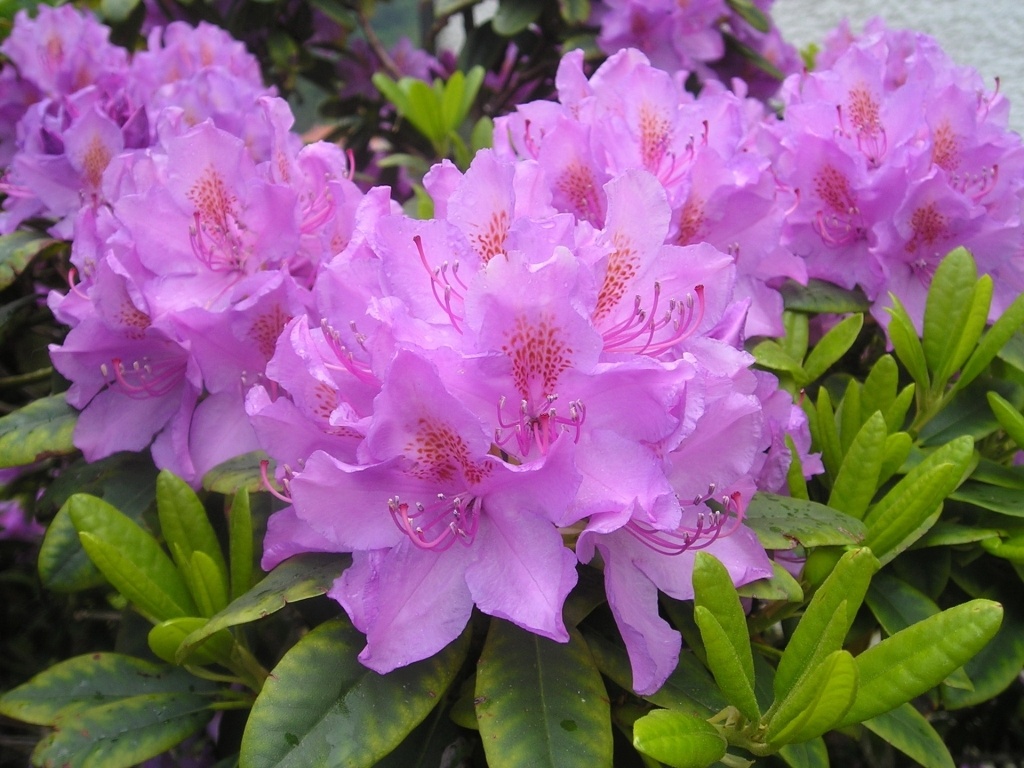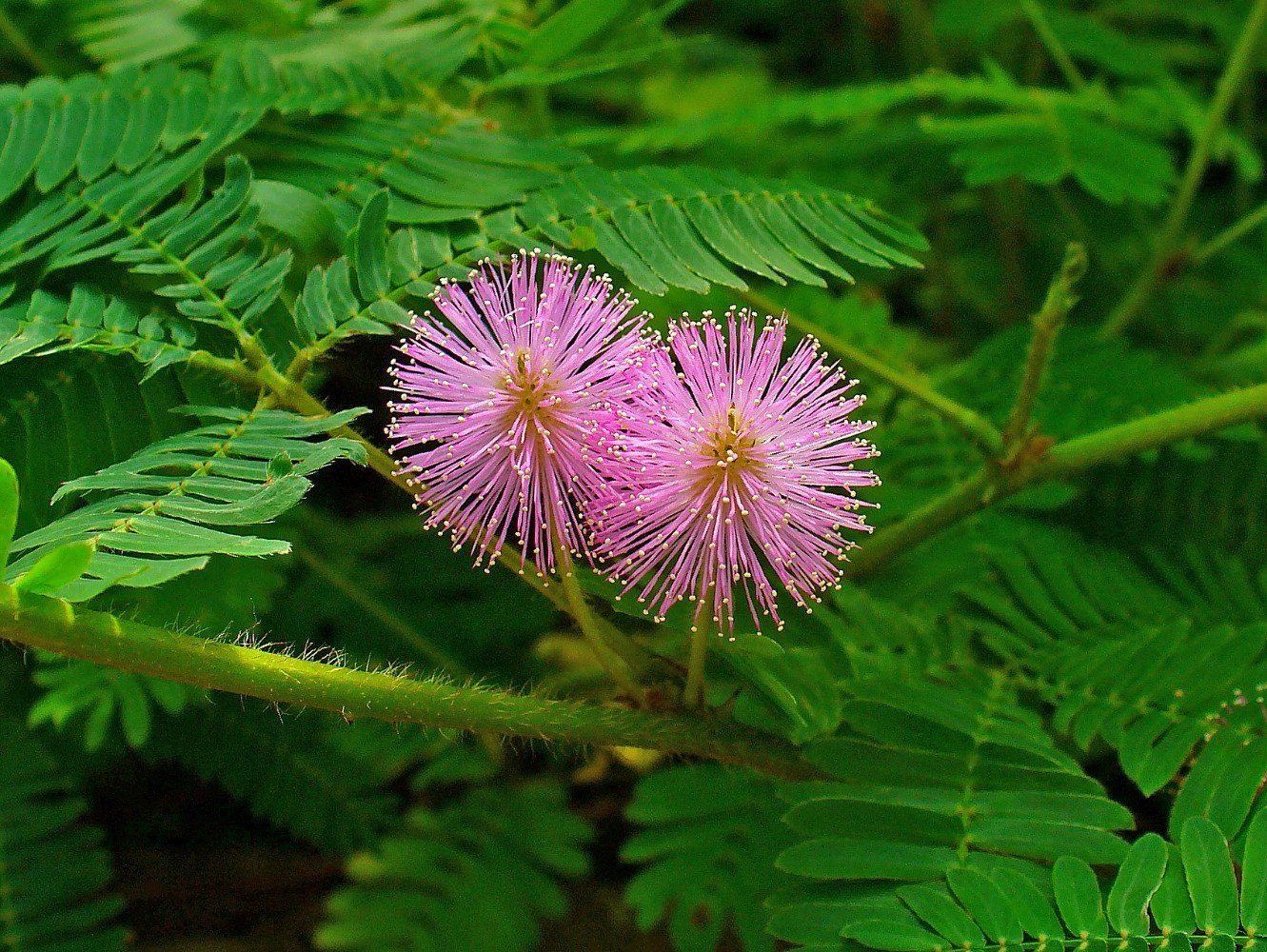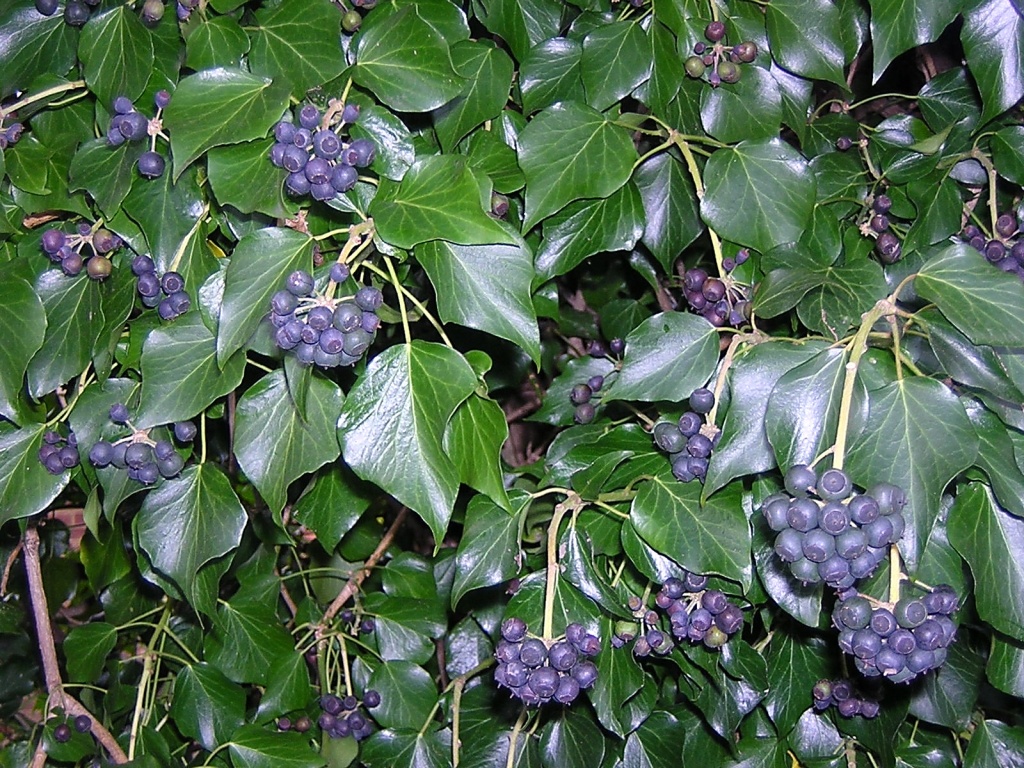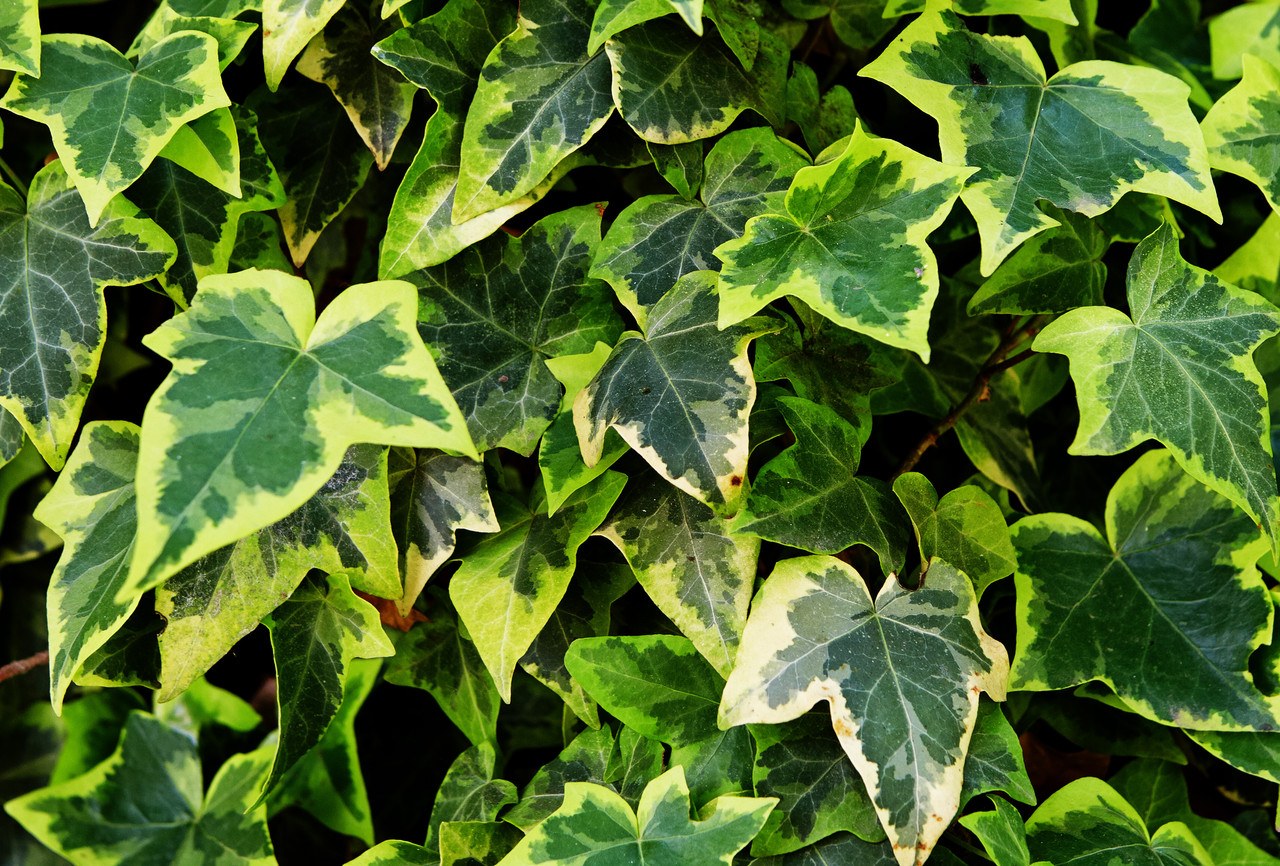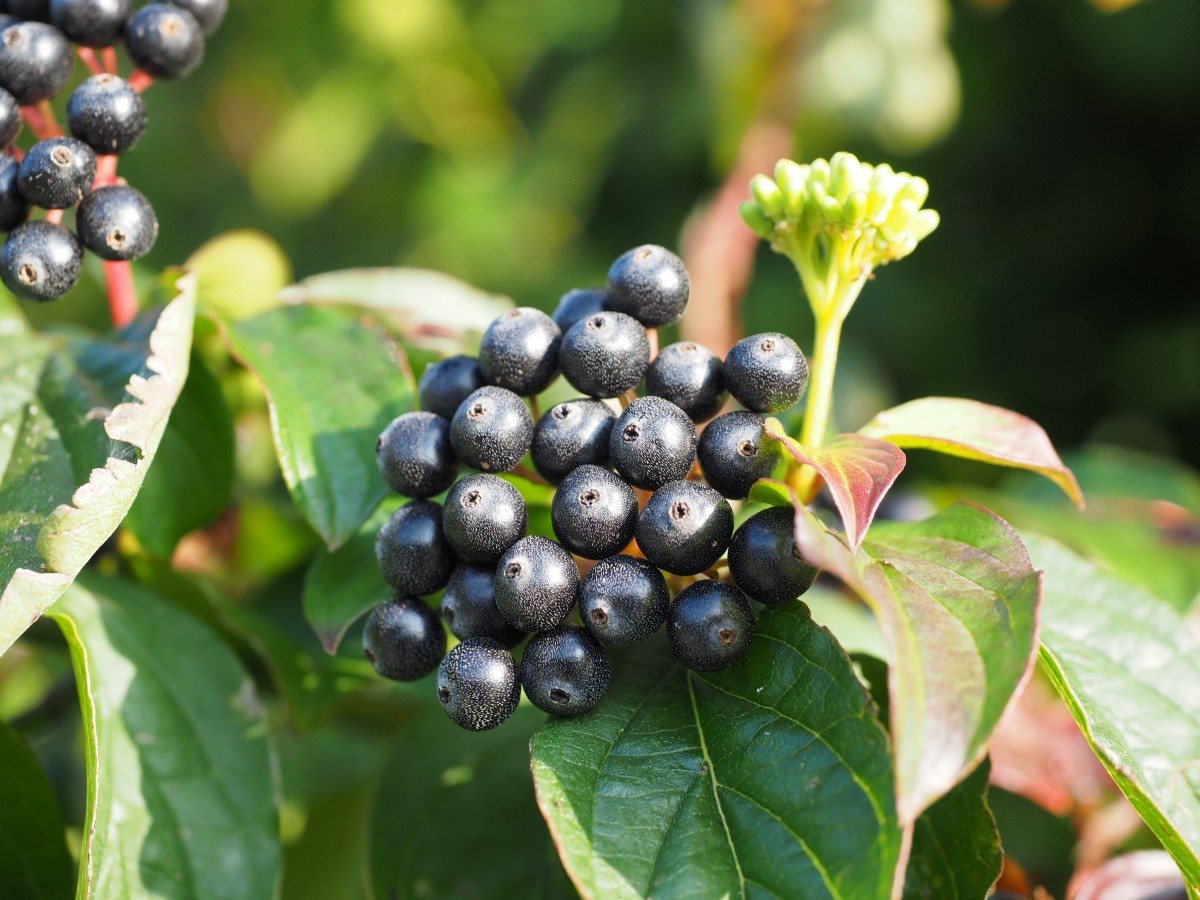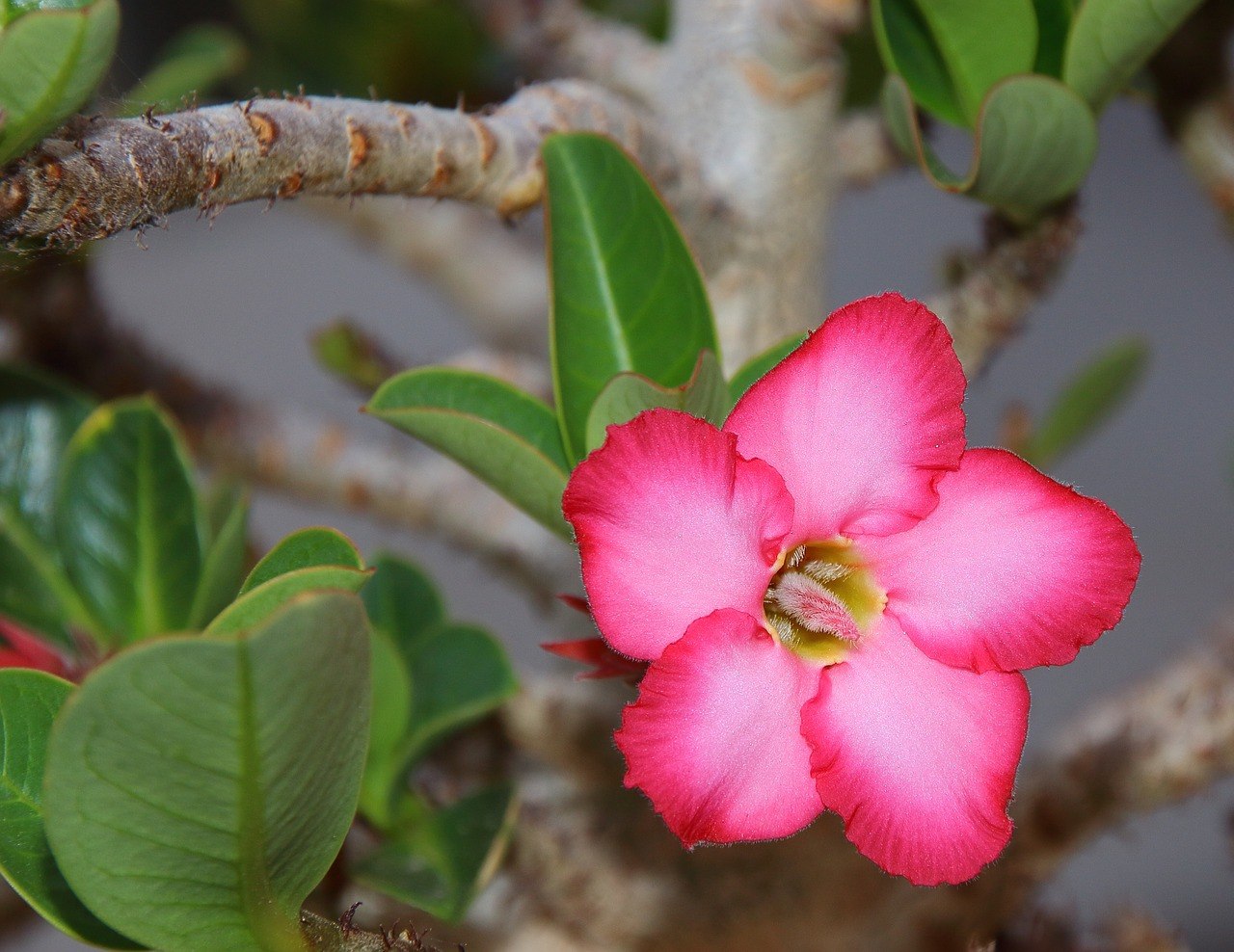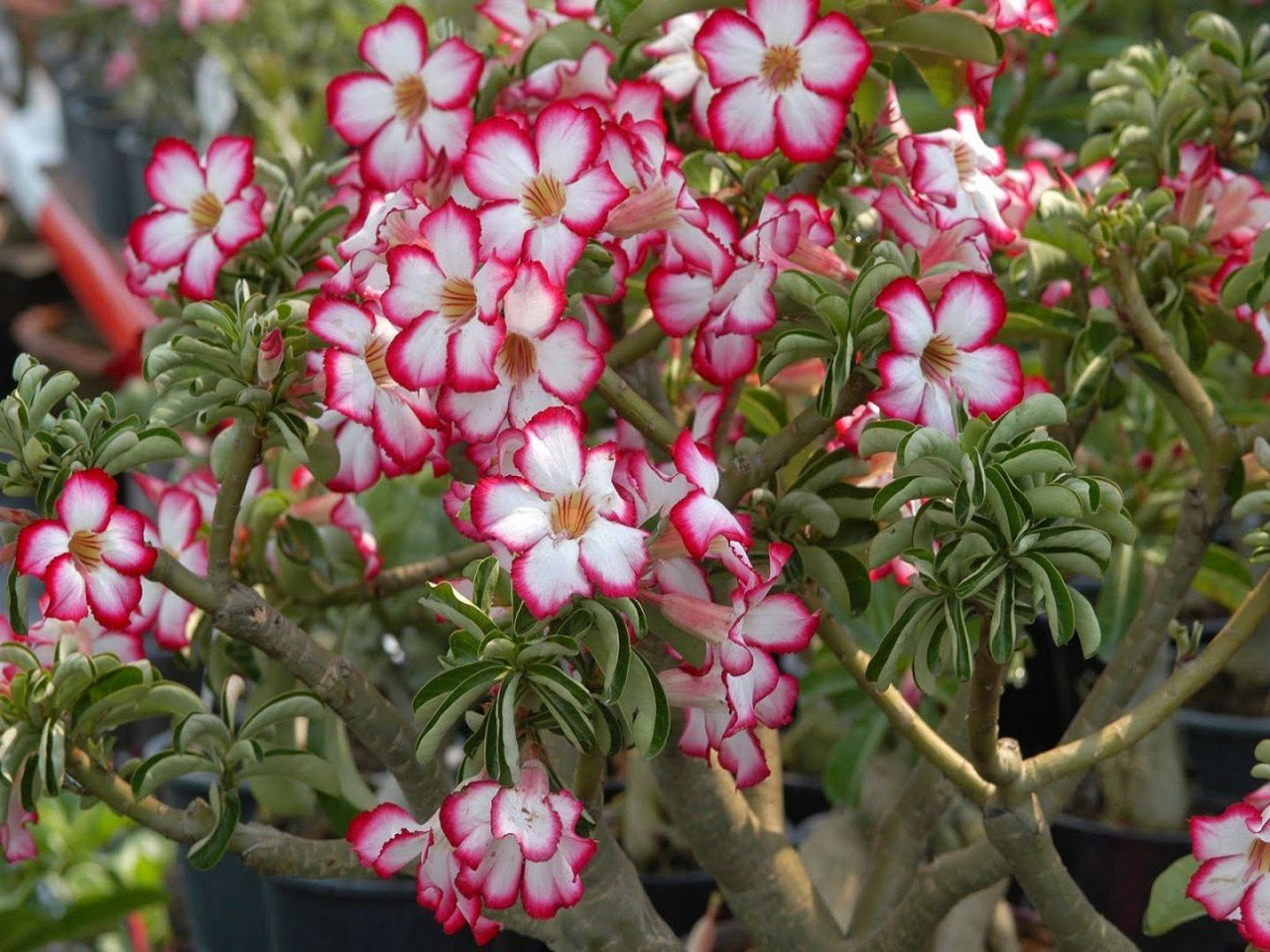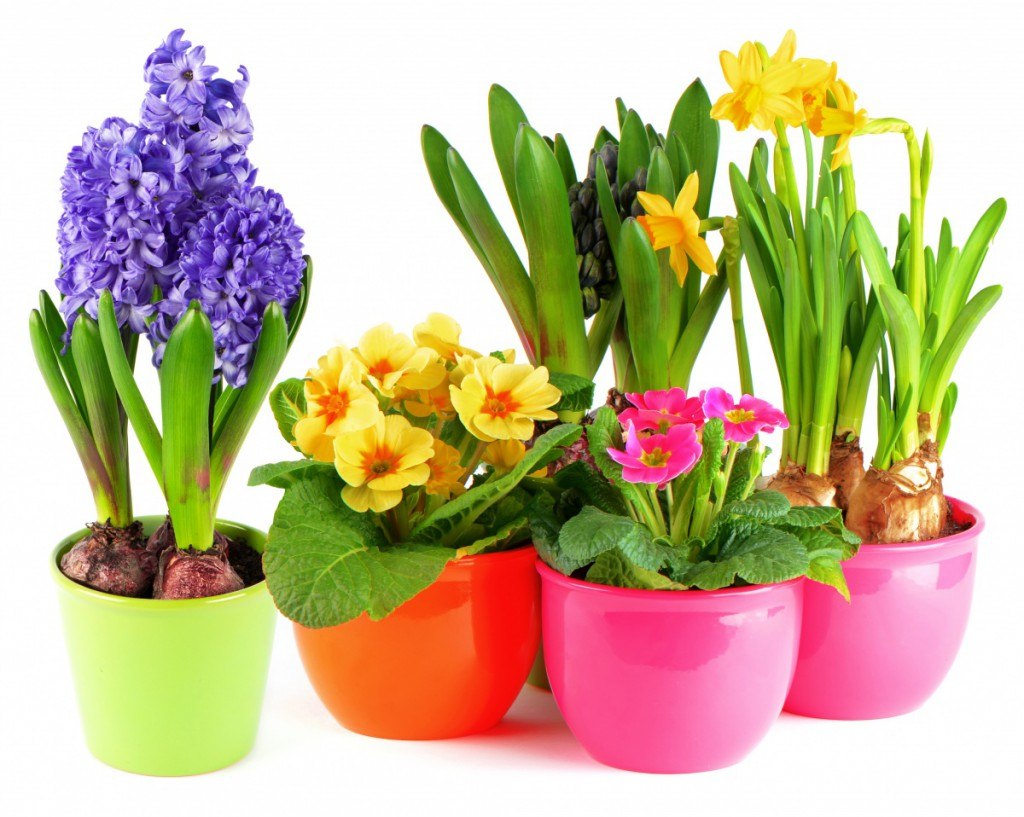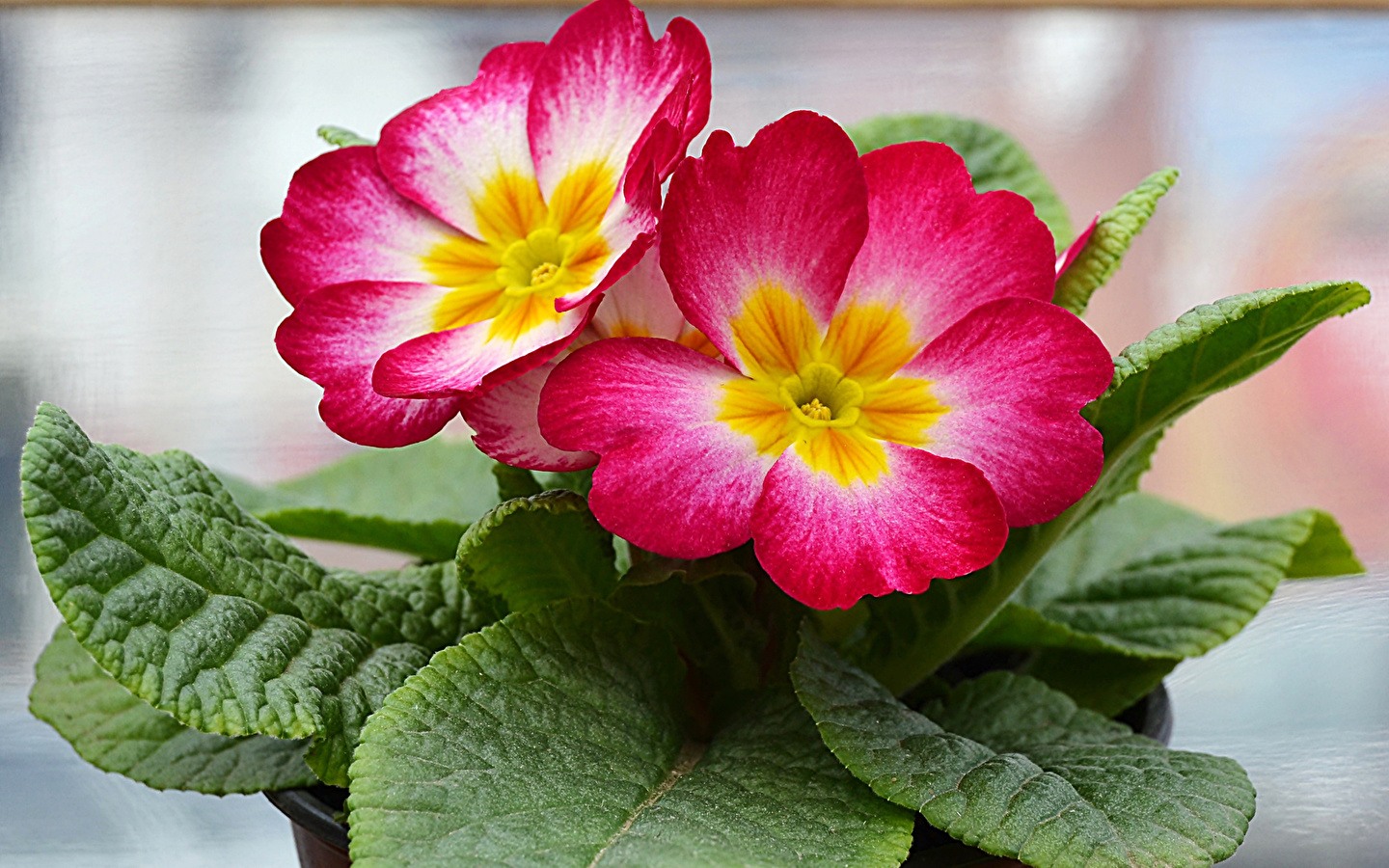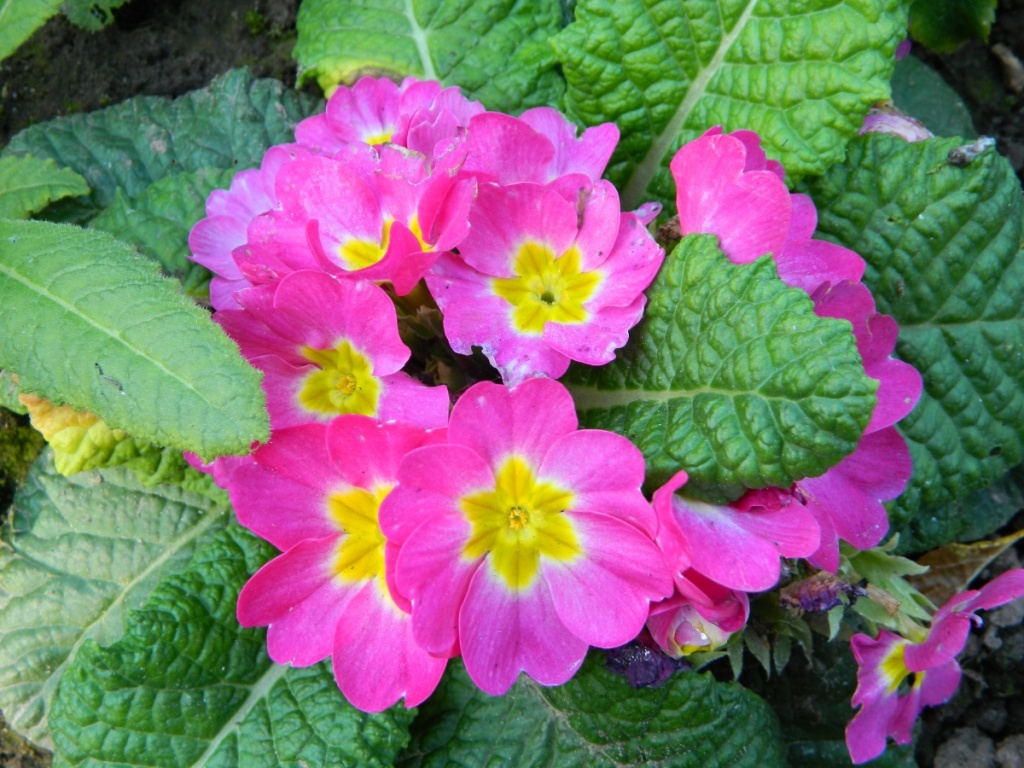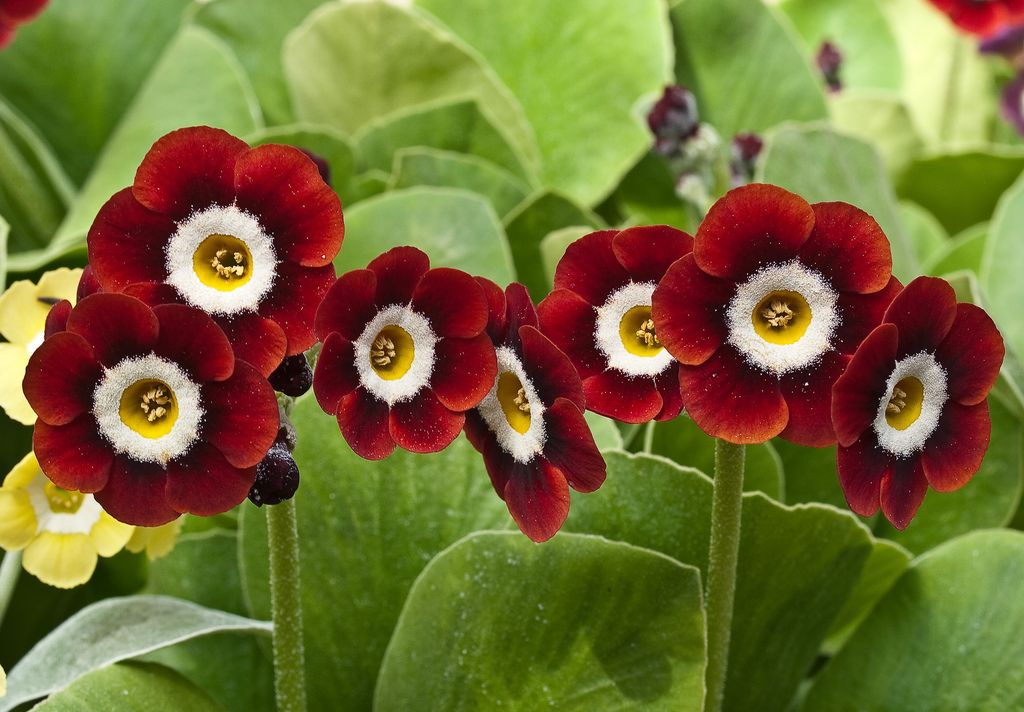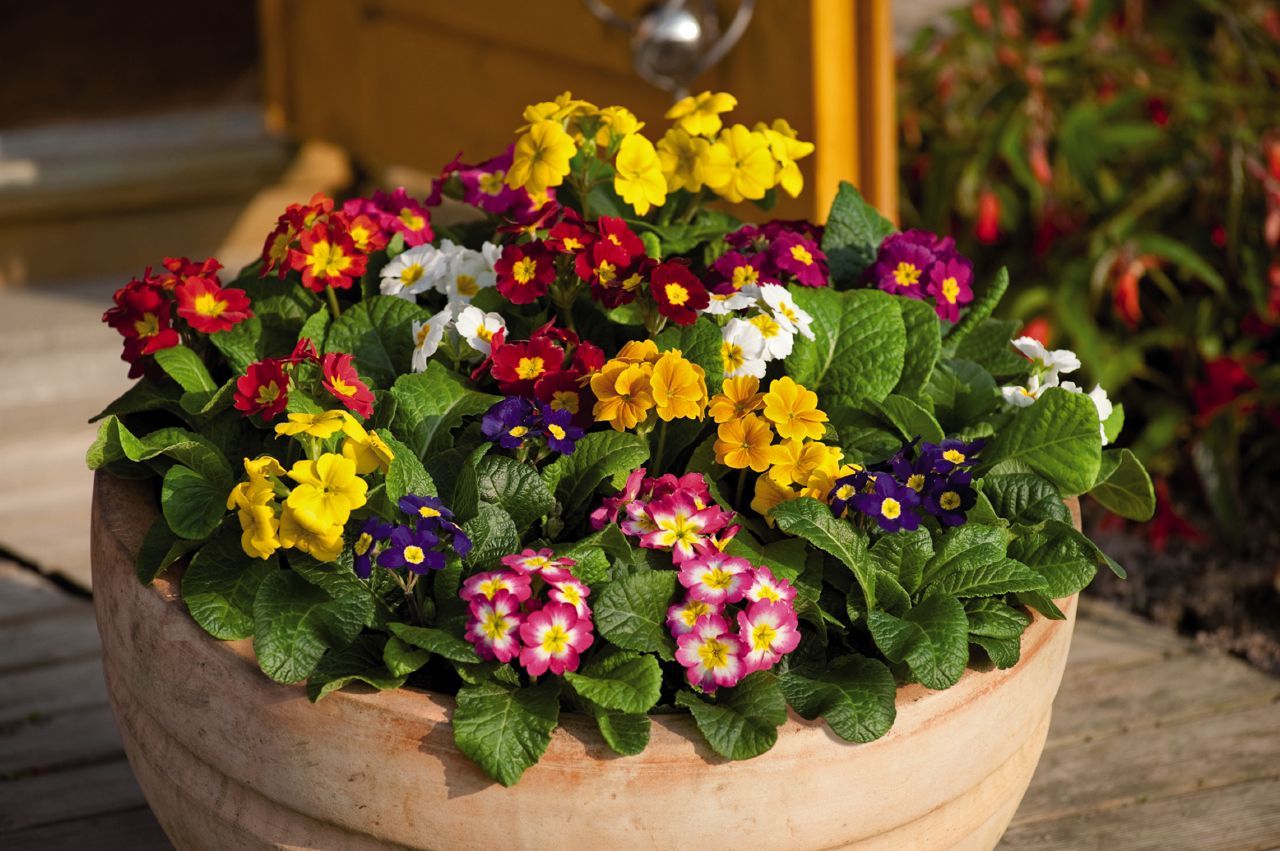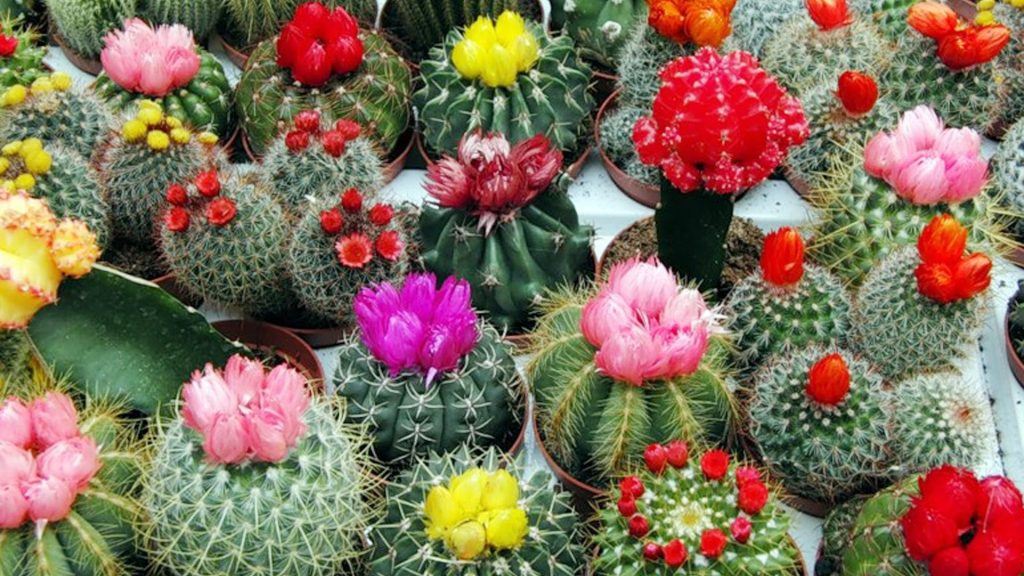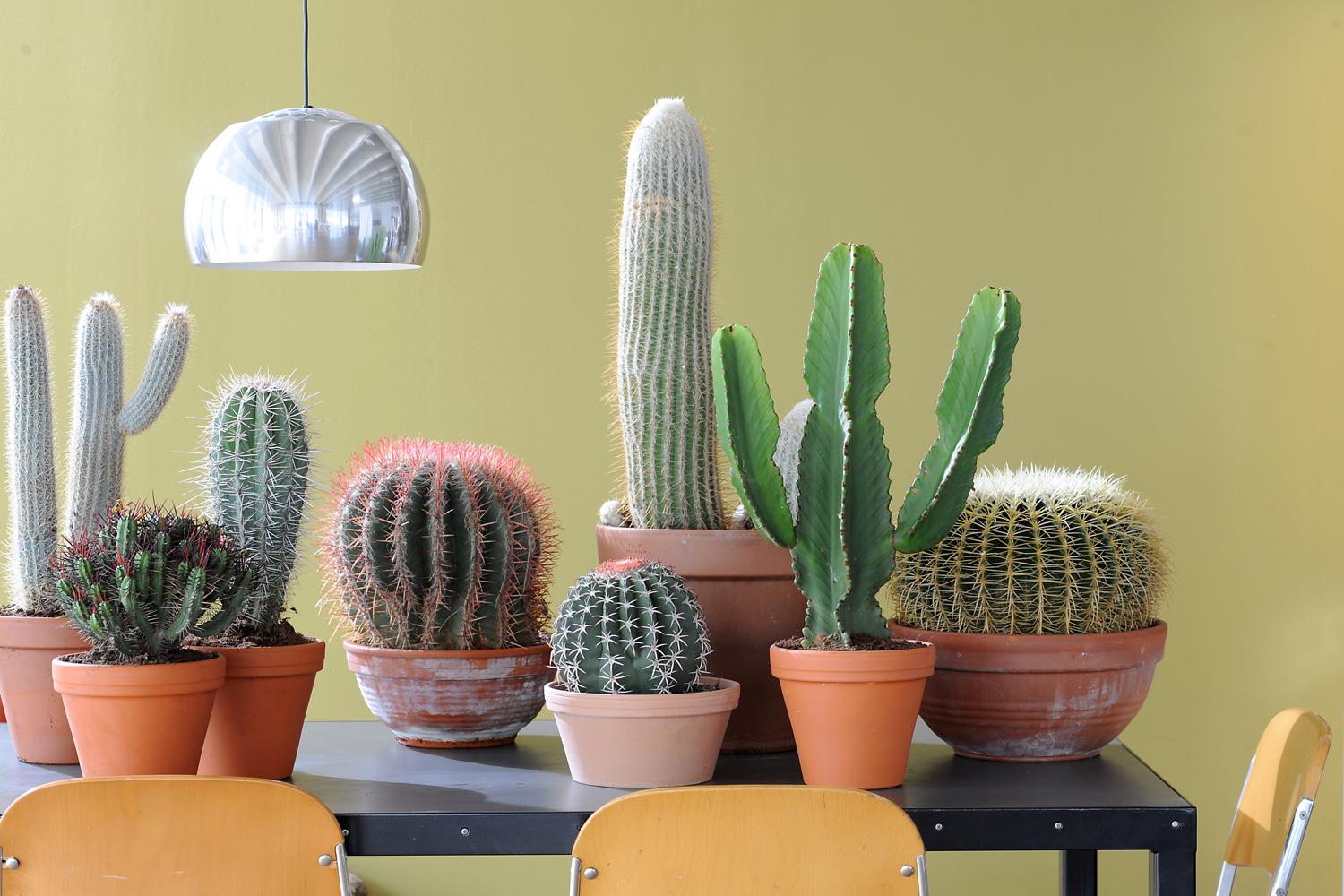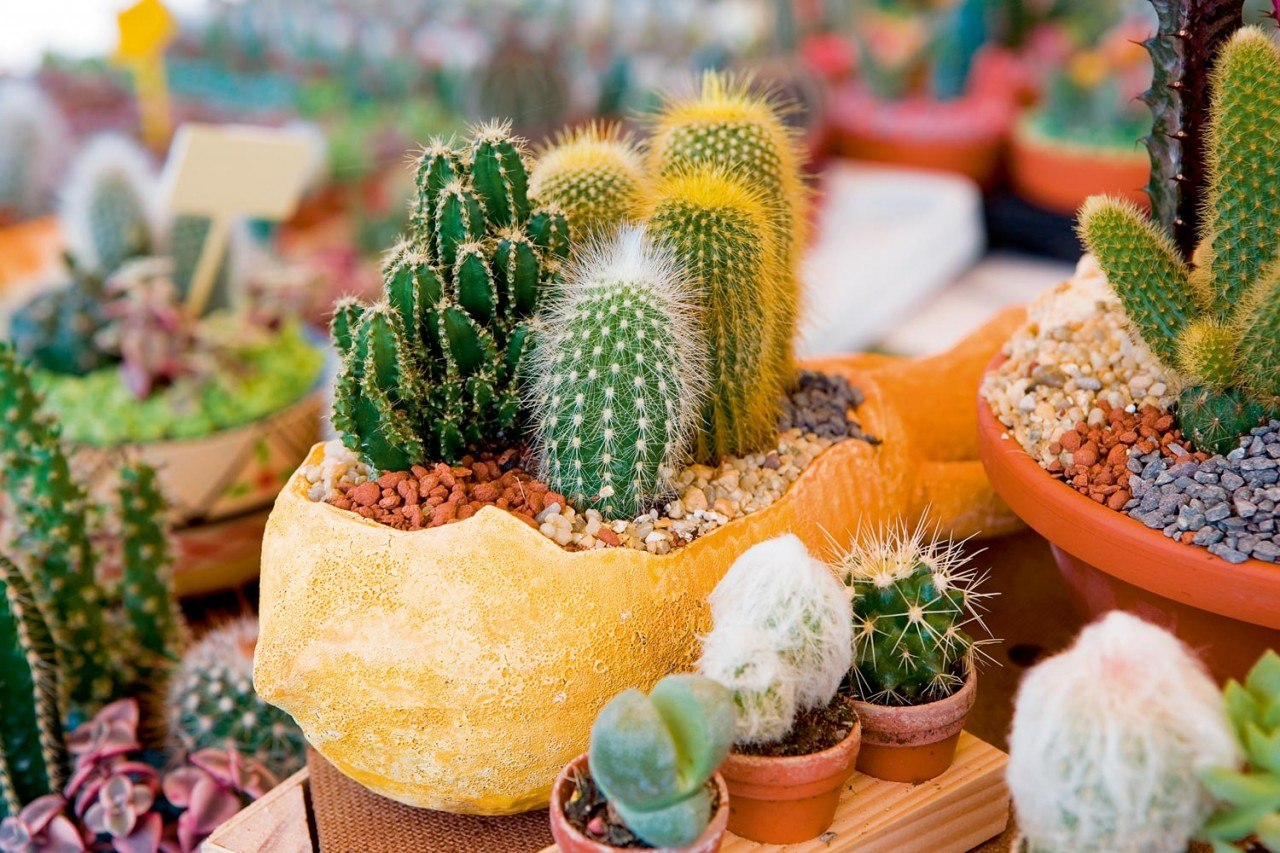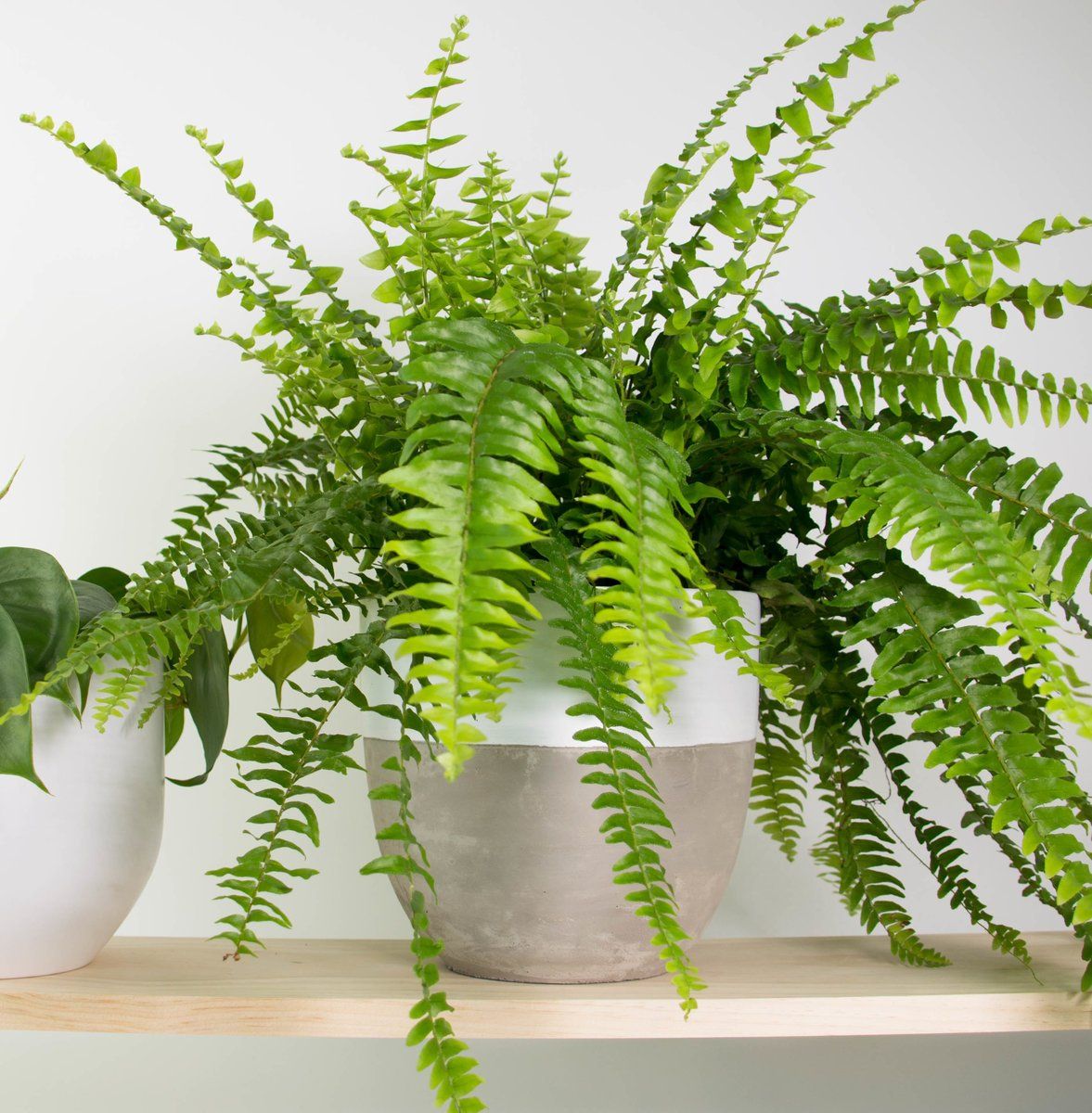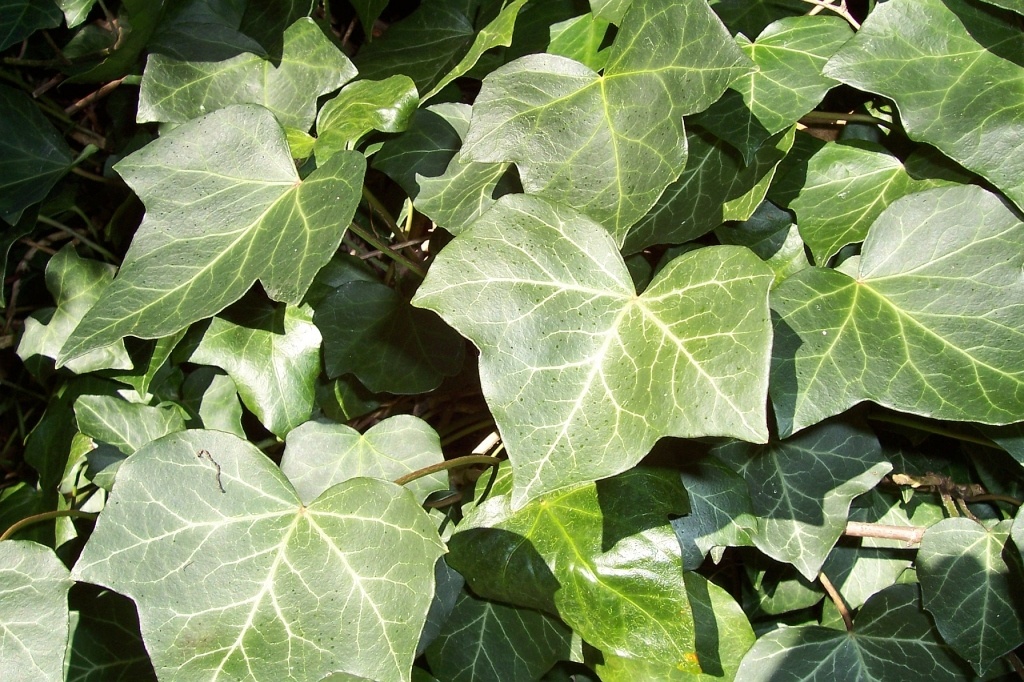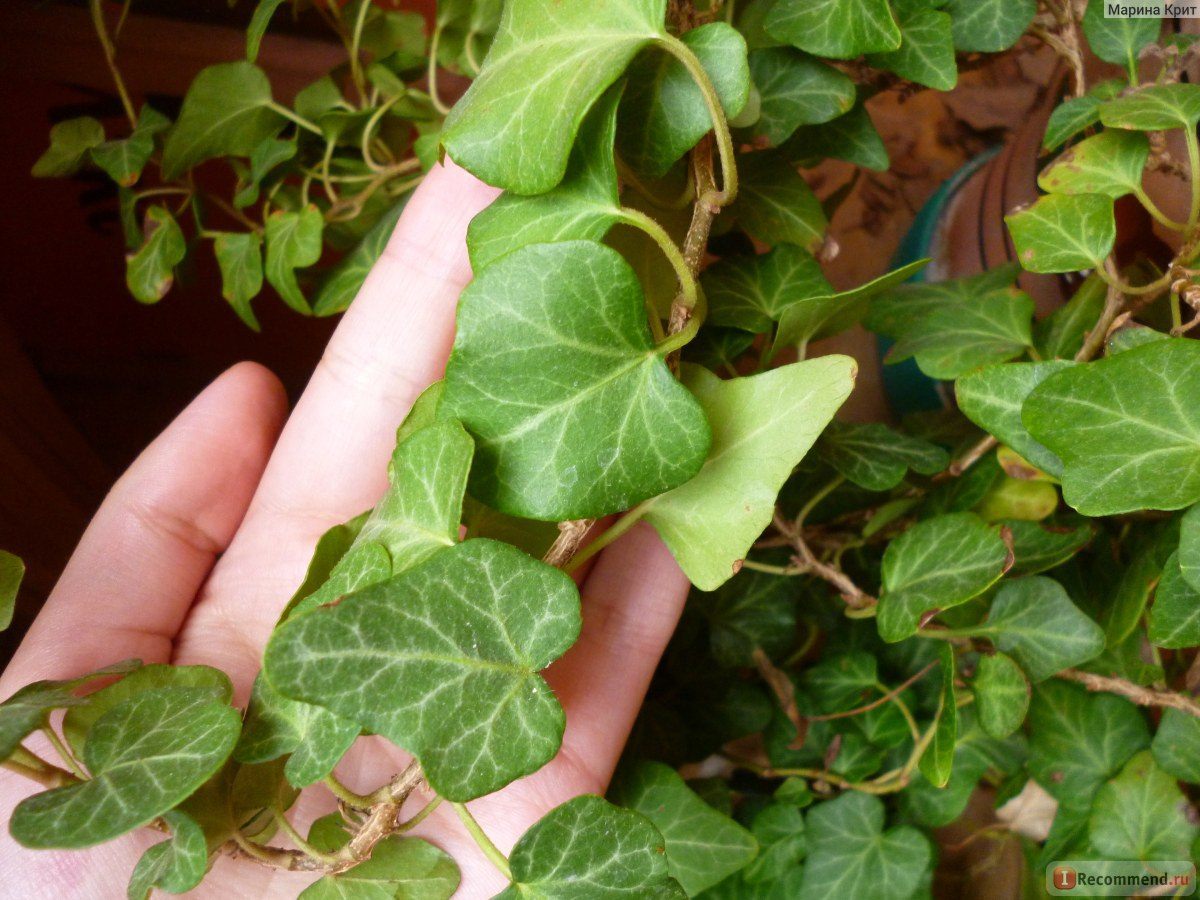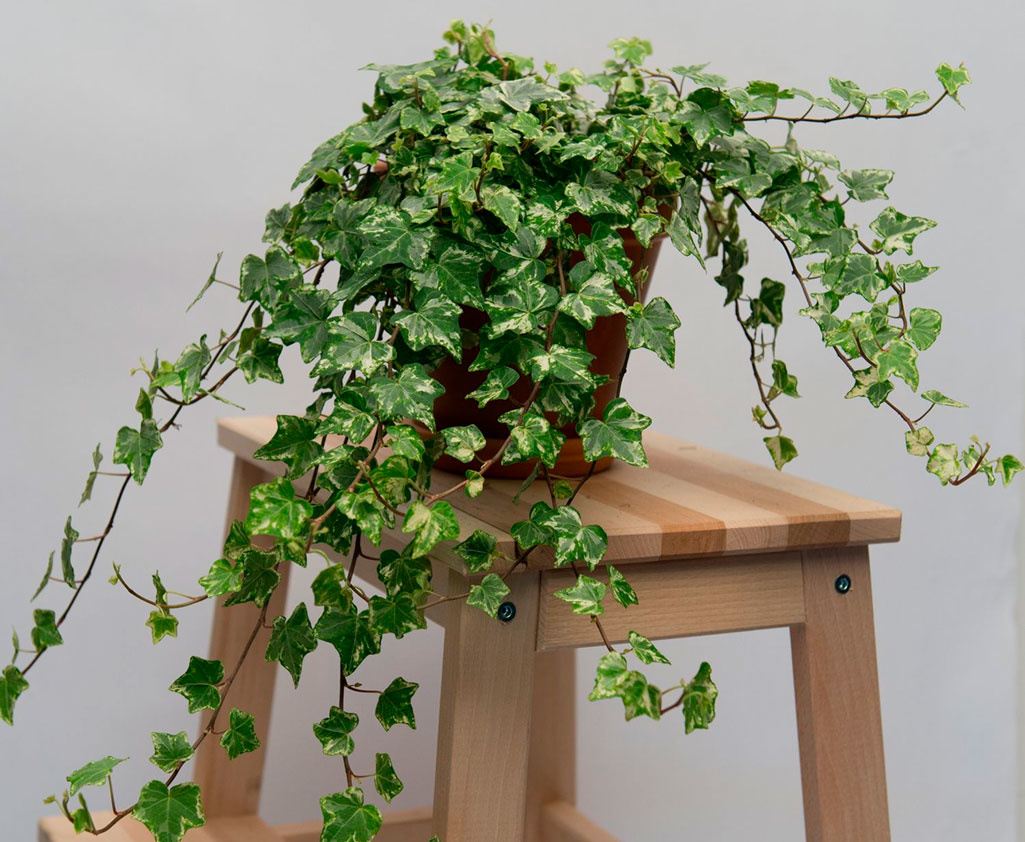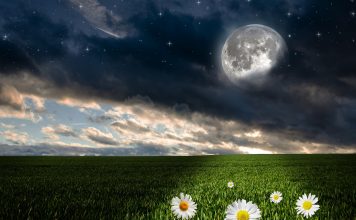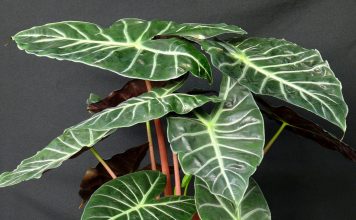By purchasing a regular indoor flower, we are guided exclusively by its beautiful appearance. Many, as a rule, do not think about the harmful properties of certain plants, believing that flower shops have taken care of customers and will not sell poisonous flowers.
For each family, the choice of indoor flowers is individual. For example, a small child lives in the house or someone from a family member suffers from allergies. These nuances should be taken into account and in advance inquire with the florists about the properties of a particular plant.
These rules are also mixed with various superstitions and signs, which are so numerous that they can confuse a novice gardener.
We offer you a list of indoor plants, which should be treated with caution, since their presence in the room can affect the health and energy of the person.
Poisonous and dangerous for human plants
"You can not keep at home" - too categorical statement, from which there are exceptions.It is applicable if there are children or animals living in the house that may poison with flowers or get burned when touching the leaves of plants.
Even if adults live in the house, care must be taken when taking care of such flowers - wear gloves and thoroughly clean the tools.
Attention! Do not cut the plant with a knife intended for food.
Dieffenbachia
Who would have thought that a popular houseplant, which many gardeners like for their huge green leaves, could be poisonous. In the flower, only the juice is dangerous, which can get on the skin of a person when cutting the leaves or the stem.
If children and pets taste the leaves of the plant, they can get severely poisoned. Under the influence of dieffenbachia juice, blisters and an allergic rash are formed on the skin of an adult.
Oleander
Gorgeous oleander with bright lush colors is also considered extremely poisonous. When this plant sap gets into the body, irreversible consequences occur, which eventually lead to blindness.
The variegated beautiful flowers of oleander exude a smell that causes dizziness and feeling sick.
Spurge
The flower is represented by a huge number of species and forms, so it is difficult to unequivocally describe its effect on the body. Some varieties of milkweed are similar to cacti. Their leaves are framed by prickles, the prick of which is dangerous to humans. Others may well exist in room conditions.
In any case, you must be wary of this flower. In the stems and leaves of milkweed contains white juice, contact with the skin causes tooth, irritation and burns.
Croton
The flower was loved by many housewives for unusual leaves, which, besides green, are painted in a saturated red color. Croton ranks as a family of euphorbia, but visually looks like a tree with elongated leaves. The plant blooms inconspicuously, releasing flowers in the form of balls of a milky color.
Croton juice causes burns on skin. If the juice gets through the cuts in the blood and deepens into the internal organs, it can result in resuscitation and even death. Therefore, Croton is extremely not recommended to keep in the house where young children live.
Azalea
Lush flowering with bright terry flowers attracts many gardeners. Azalea colors can be very diverse: white, purple, yellow, etc.
Dangerous to human health is the Azalea variety from India - Sims. The leaves of this plant are dangerous to humans and when ingested, they cause intestinal cramps and cramps.
Bashful mimosa
This type of mimosa is represented by a plant with slender leaves and stems. They are so delicate and fragile, then with any touch quickly fold into a tube.
With prolonged contact with shyly mimosa, hair loss begins. Such a negative effect occurs due to harmful and toxic substances secreted by the plant.
Evergreen ivy
The flower belongs to the Araliaceae family. Many housewives in the house there is a pot in a small shrub in the form of lianas.
Bright green ivy leaves are very attracted to cats. However, the leaves and berries of this plant are poisonous and when in contact with them the animal can be very poisonous and even die.
Adenium
A beautiful plant that attracts an outstanding appearance. The stem of adenium is represented by a fat fat trunk, which makes it look like a small tree. The top of the flower is decorated with thin leaves and pink flowers.
Adenium juice is dangerous for humans, which can cause burns and poisoning if it comes into contact with the skin.
Monstera
A flower with huge leaves is often used to decorate public spaces and spacious rooms. Monstera grows to impressive size, and its leaves have an unusual carved shape.
Monstera juice is poisonous and, if it comes into contact with the skin, can cause burns, upset digestive system.
But do not get rid of the monster, if it is in your house.This is not too dangerous plant, but still it is worth to be careful when taking care of it and to carry out all manipulations with leaves in gloves.
Primrose
The plant is very popular with gardeners who grow several species of this small flower with velvety leaves. The number of colors allows you to create on your windowsill a real bright garden.
Primrose flowering is fascinating, however, not many people know that this produces toxic substances that, if left in the room for a long time, can cause dizziness and nausea.
Villi on primrose leaves are also dangerous. Prolonged contact with them leads to allergies and burning.
Harmful plants: folk omens and superstitions
Each of us treats national signs in his own way. However, it is worth remembering that many of them were formed on the basis of many years of experience of our ancestors. We offer you some tips on indoor plants, which, according to superstition, should not be kept at home.
Cacti
If you believe the signs, then in the house where the cactus grows is always a tense situation. This plant can turn even the most decent husband into an alcoholic. According to other beliefs in the house where there is a cactus, it will be difficult for a girl to get married safely.
Ferns
The plant is an energetic vampire that takes vitality from a person. Living in a house with fern, feel constant apathy, fatigue and drowsiness.
Ivy and climbing plants
It is believed that in the house where there are such plants, men feel uncomfortable. They are constantly striving to go somewhere and find a more peaceful place. The branching structure of ivy affects the mental state of a person, depriving him of optimism and balance.
If you do not want to part with ivy, then transfer the plant pot to the street. In this case, the flower will be the protector of the house.
In conclusion, I would like to note that when buying indoor plants you need to take into account not only an attractive appearance and your personal preferences, but also be aware of the precautions when handling poisonous flowers. In advance inquire about the negative properties of plants to protect themselves, children and pets.




